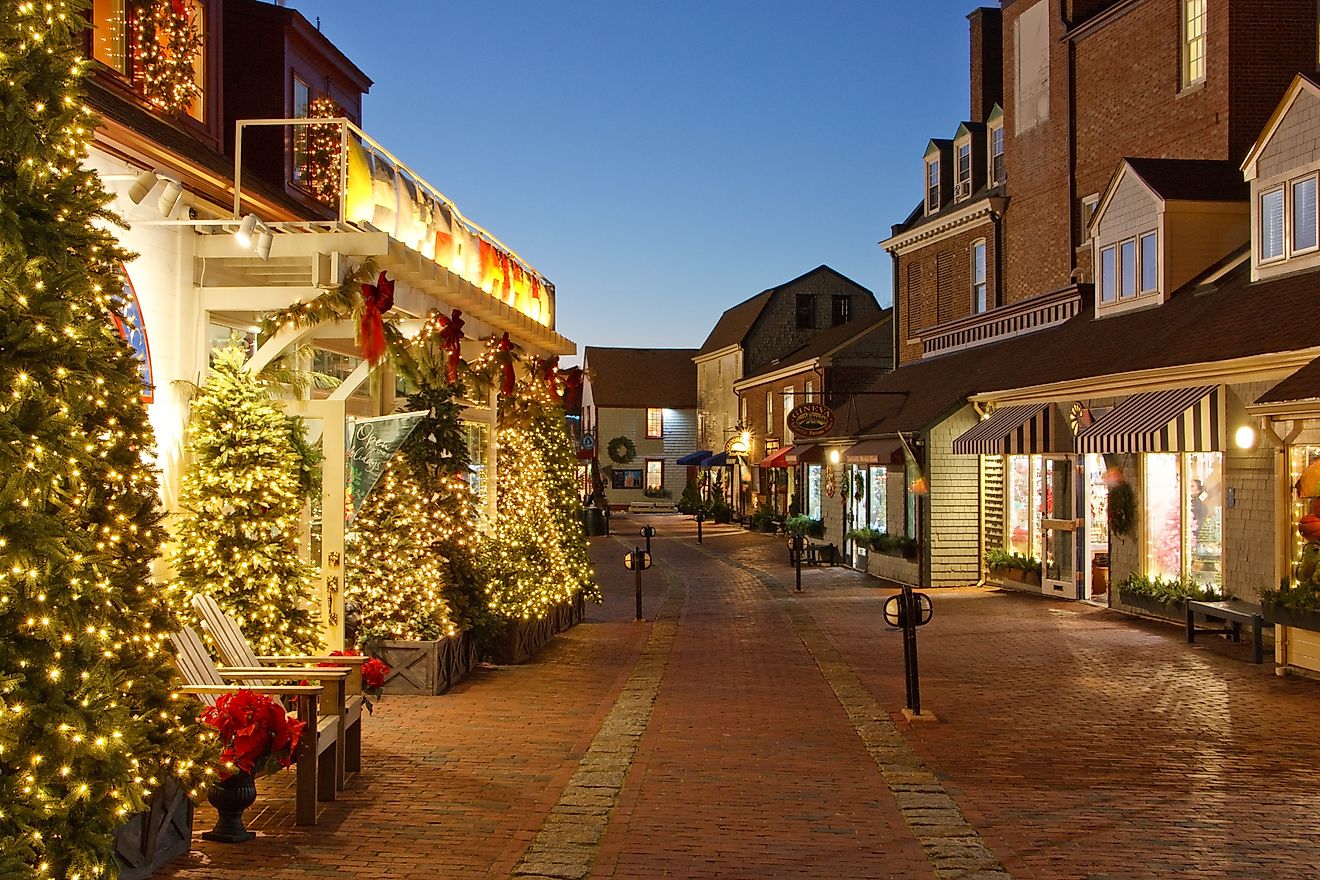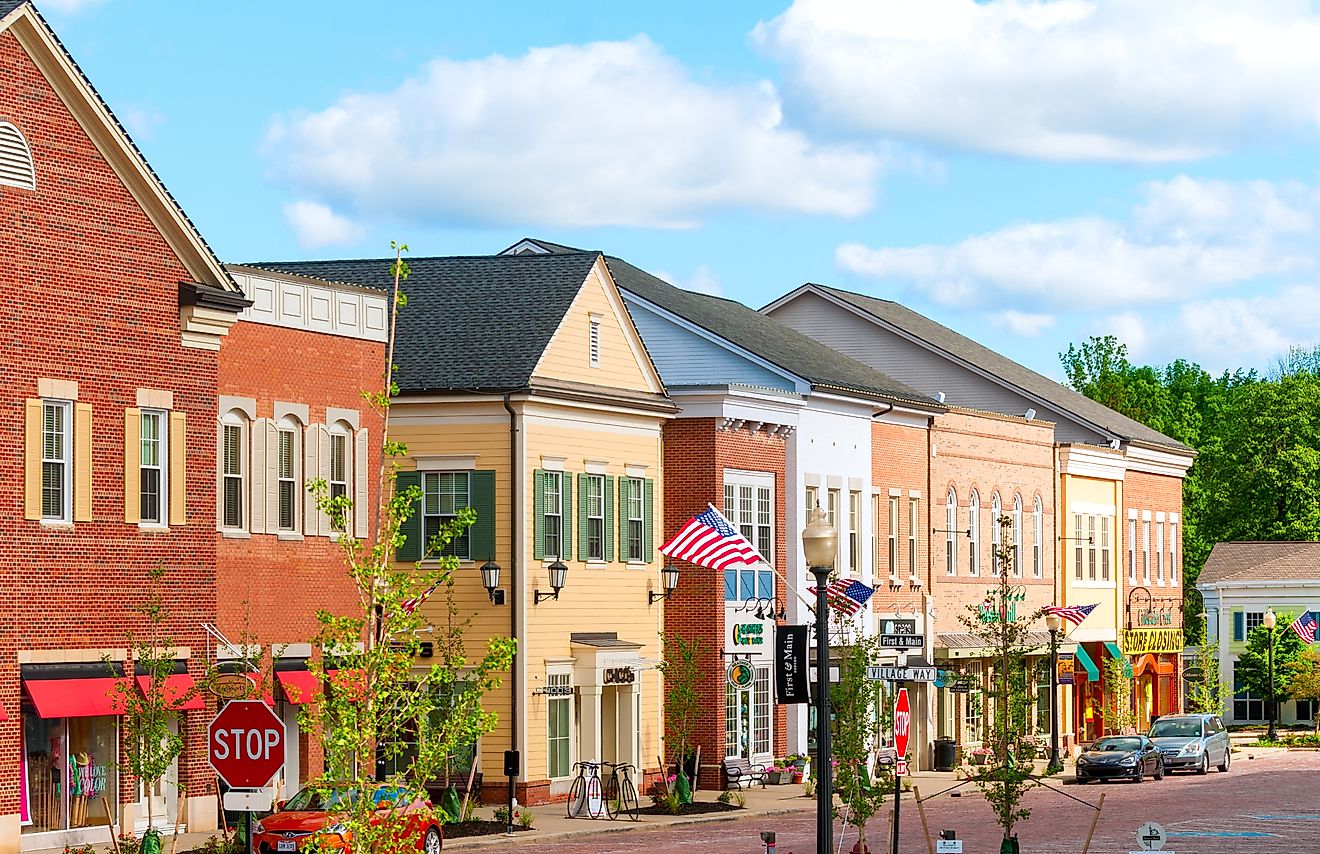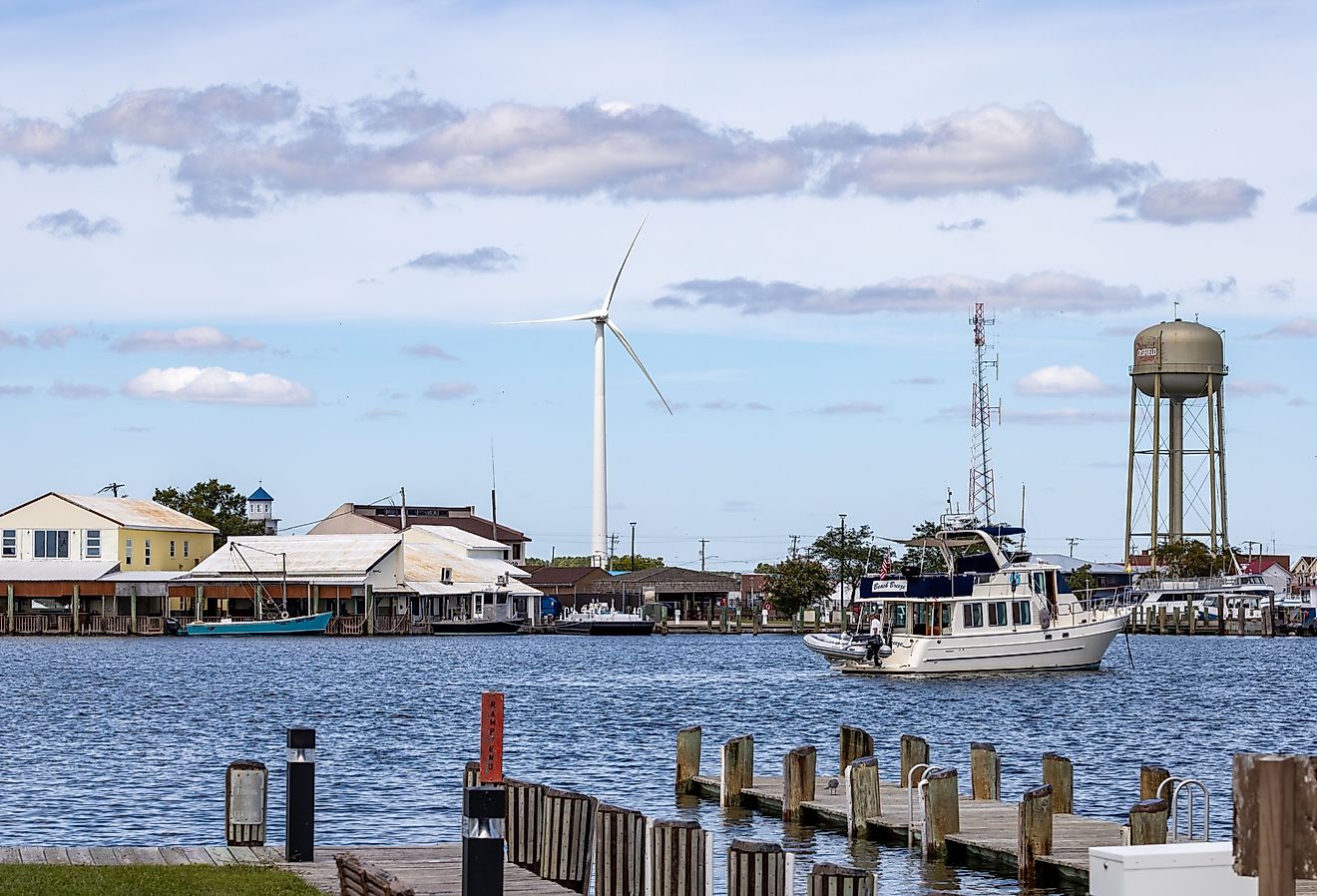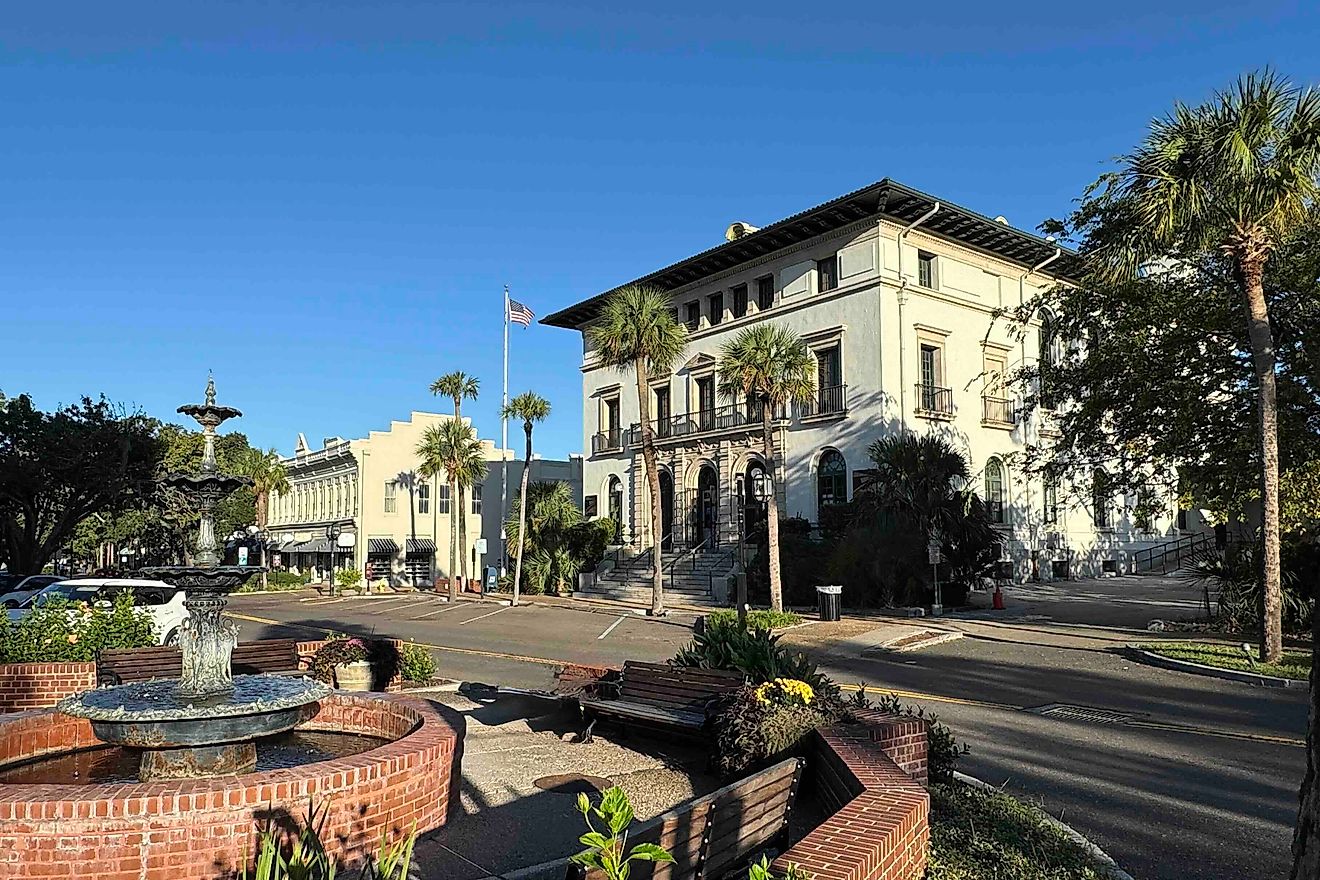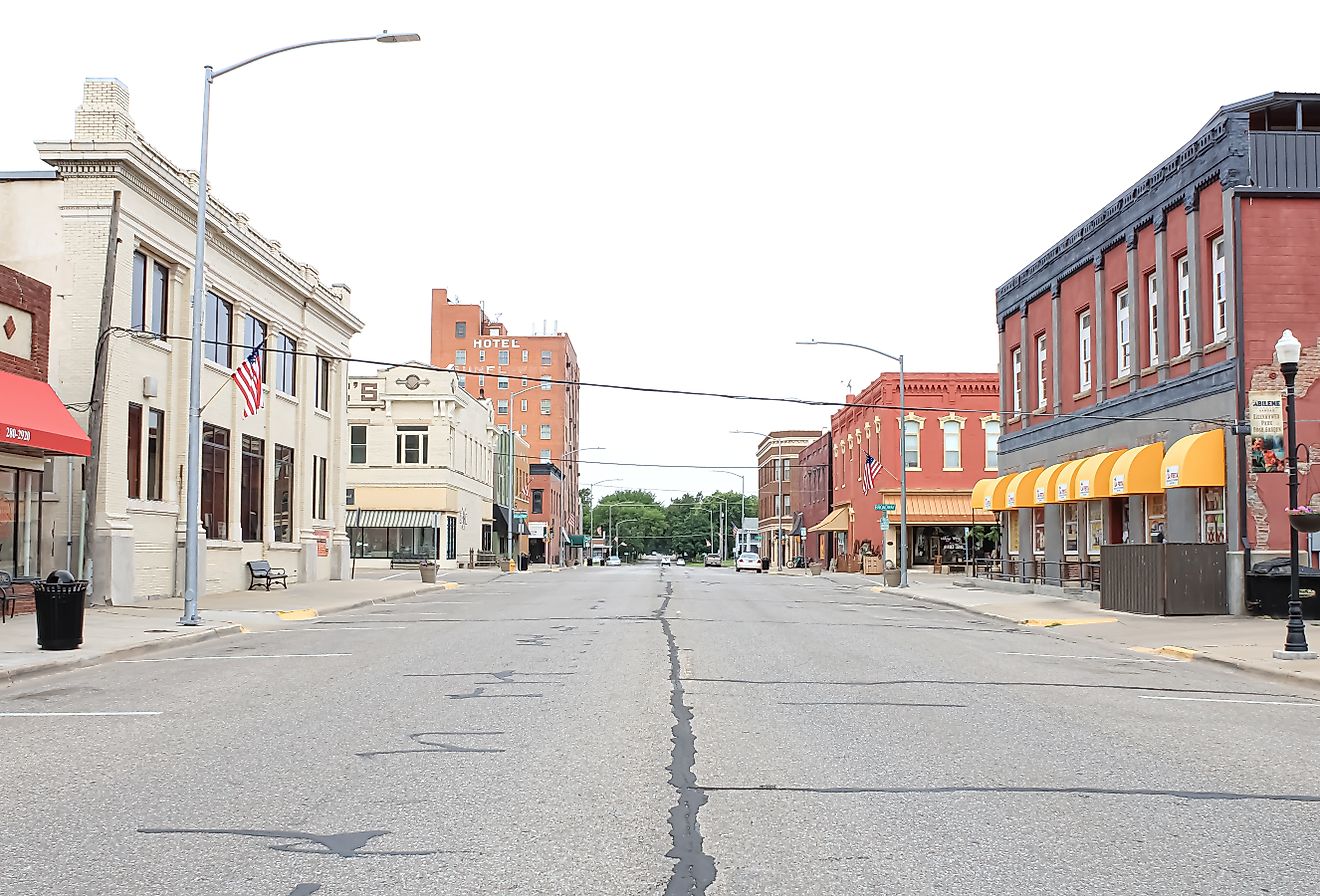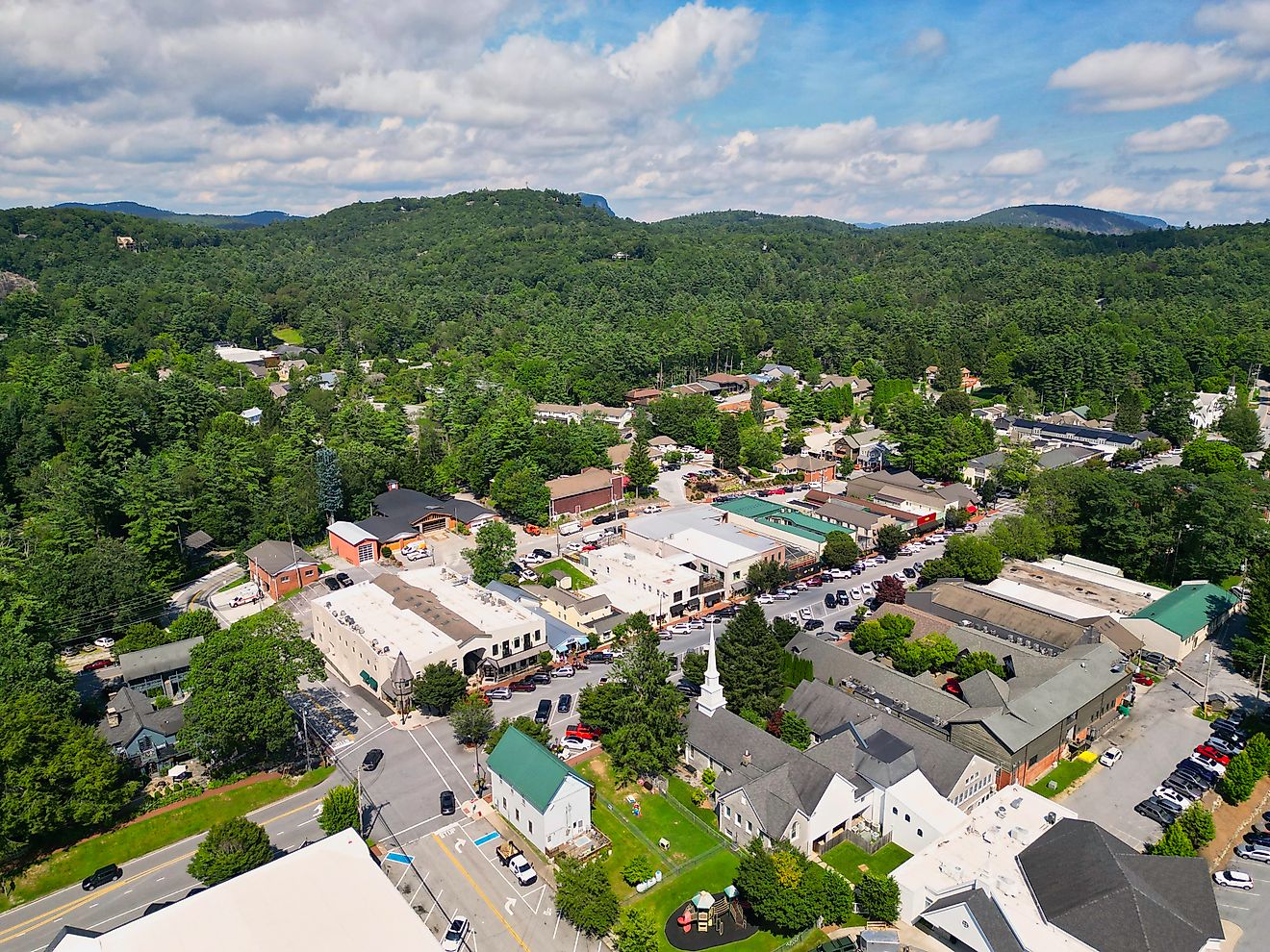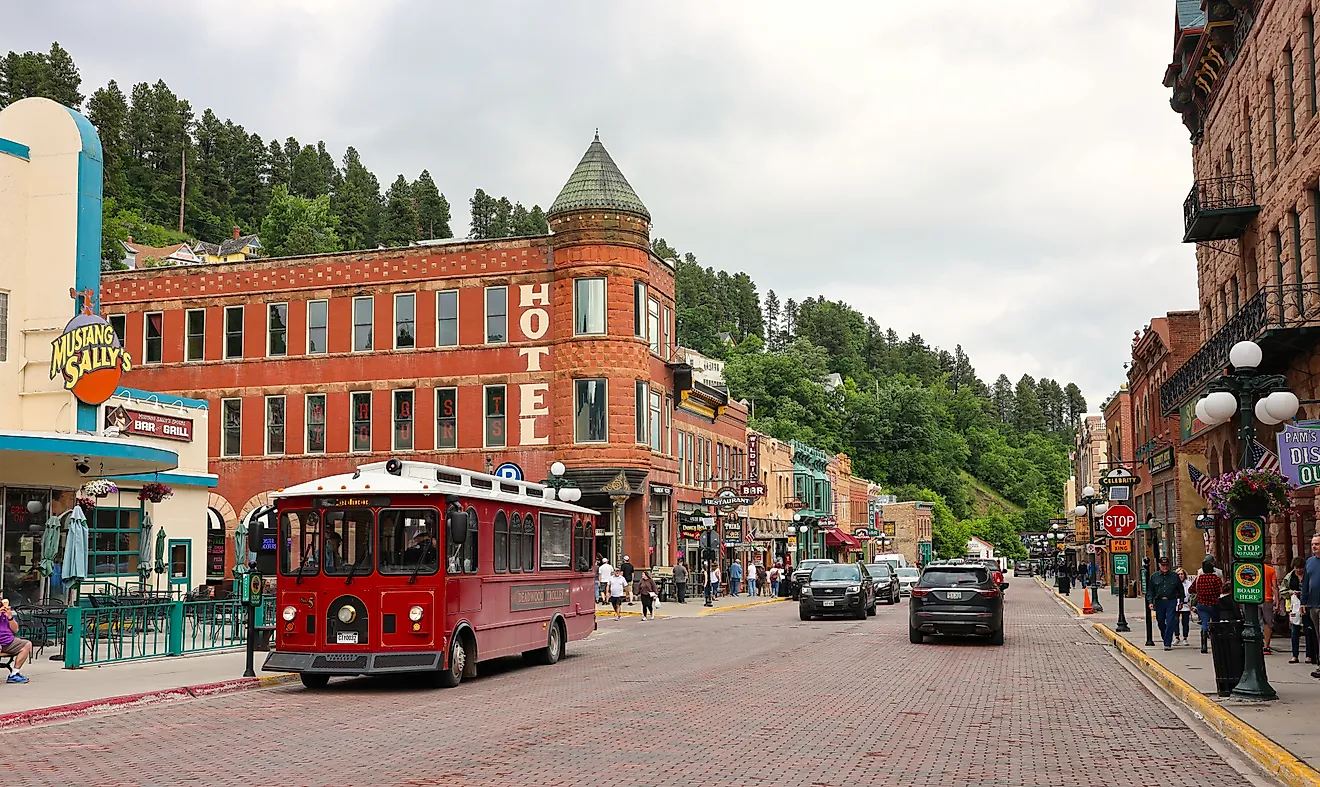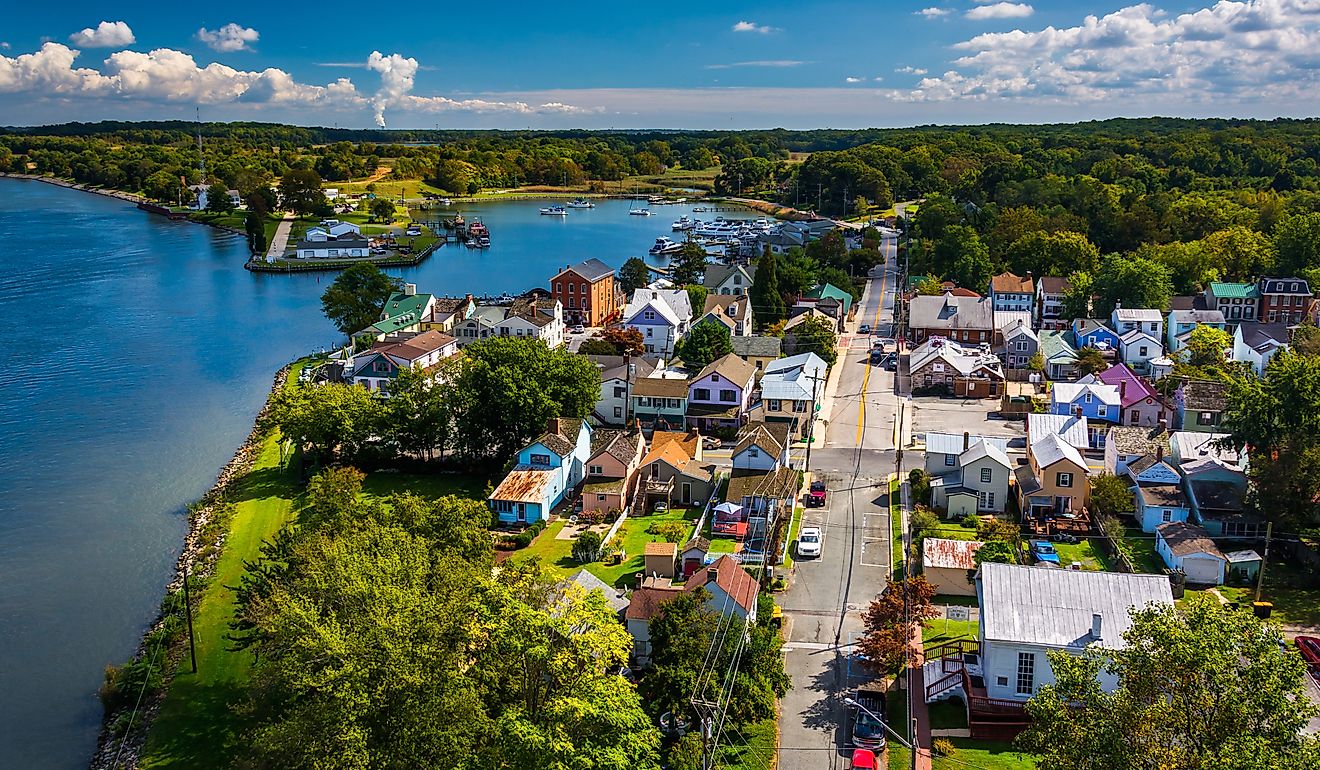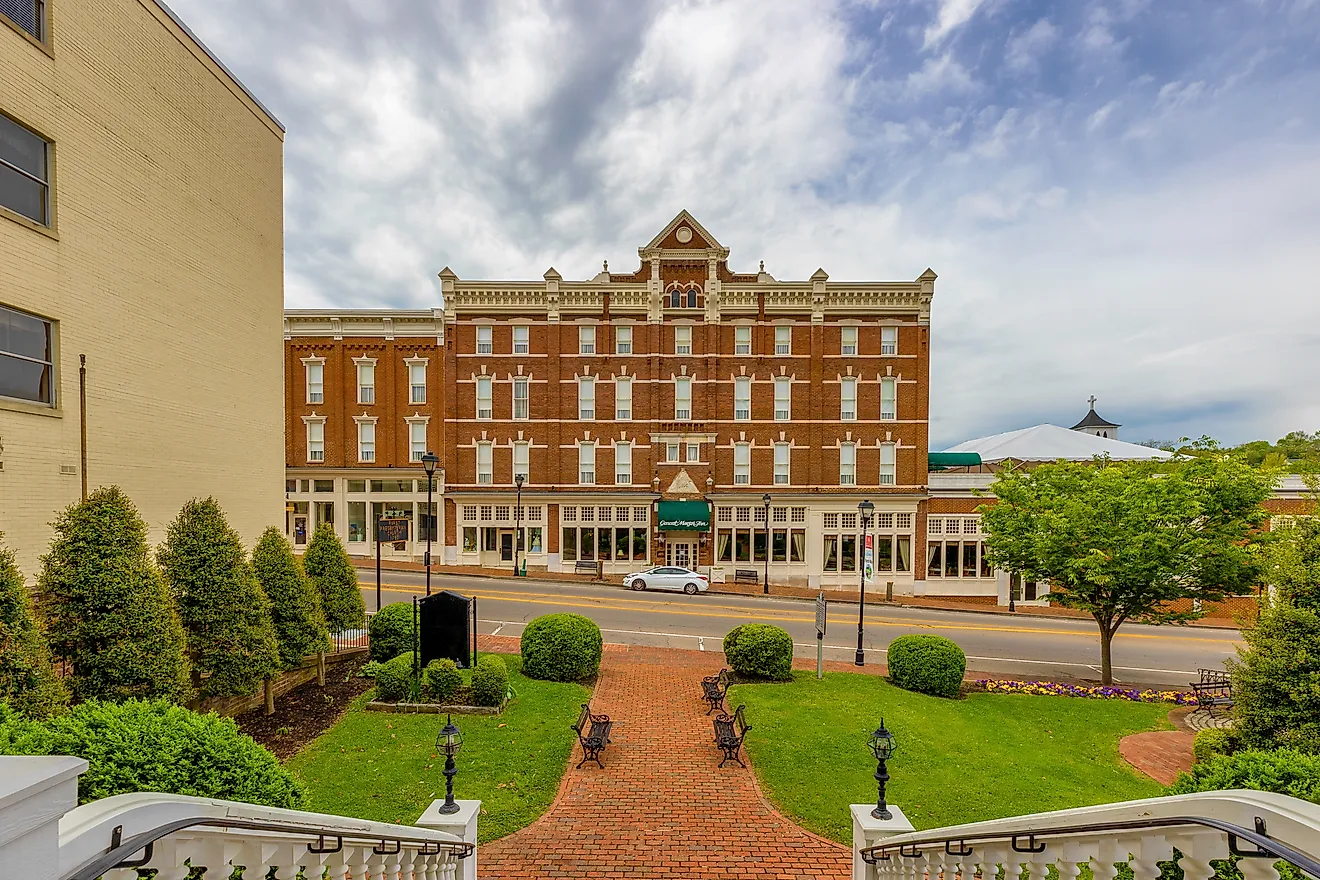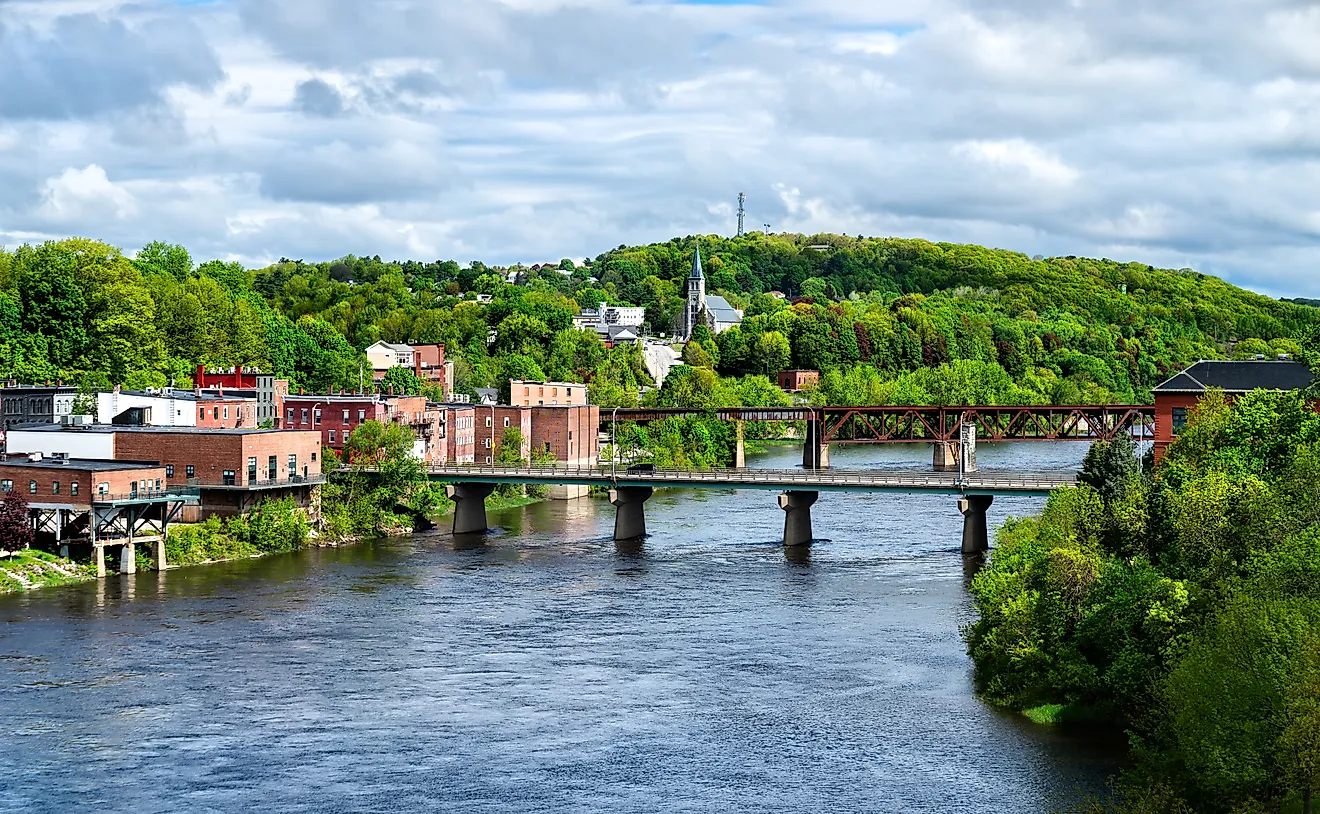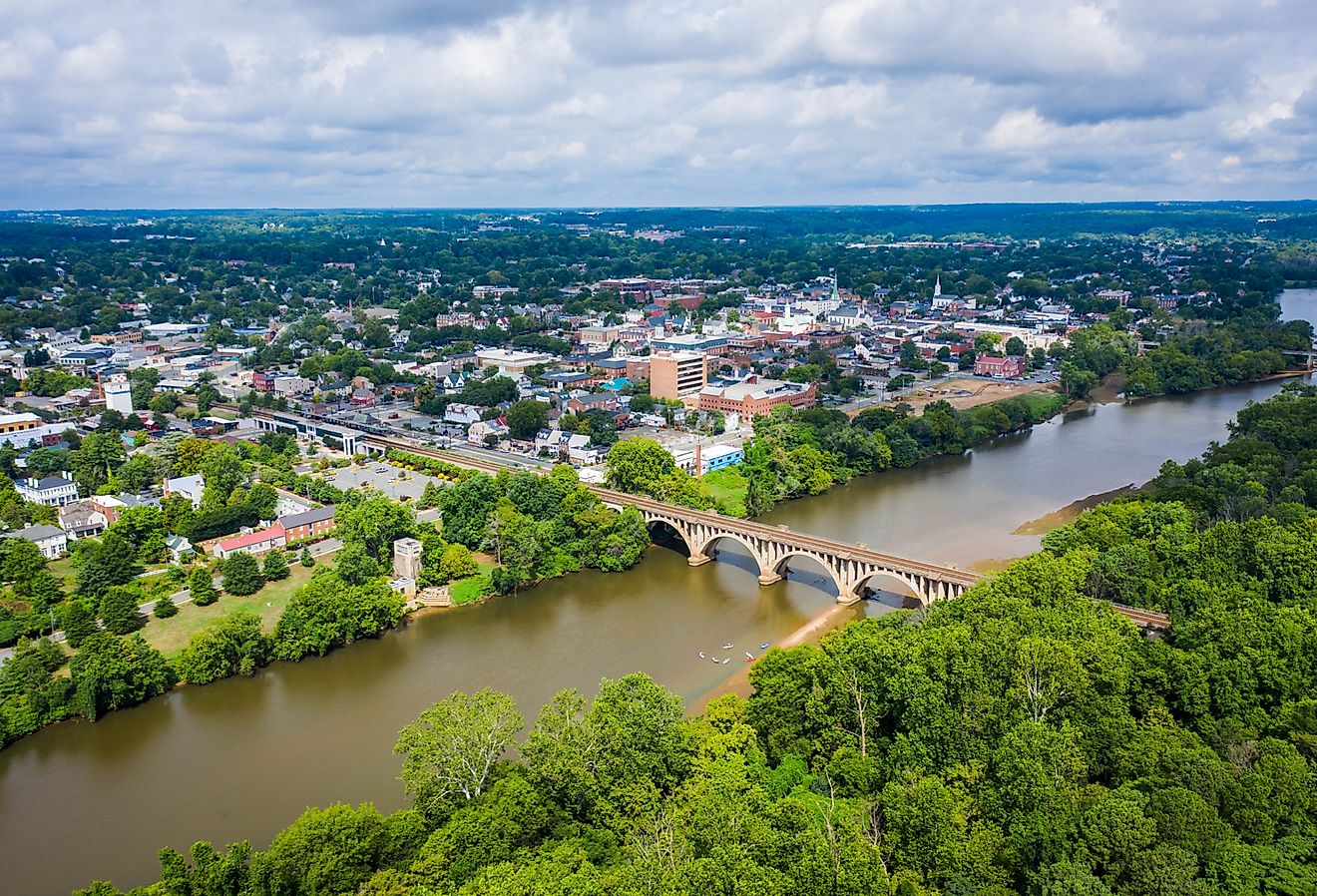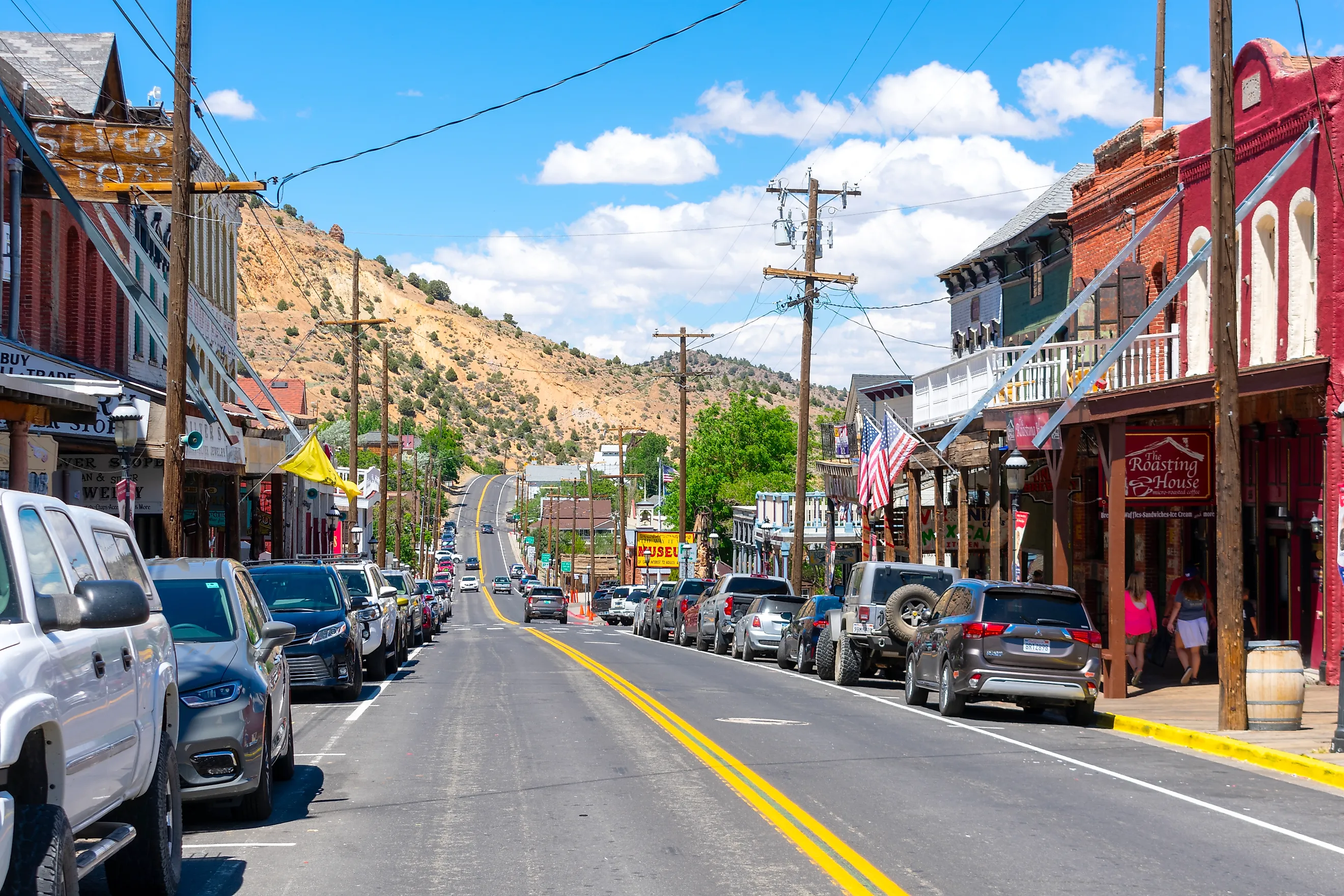
The 9 Friendliest Little Towns In Nevada
Nevada’s small towns aren’t just random dots between Las Vegas and Reno, they’ve got real character. Some started as dusty mining camps when silver or gold was discovered. Others grew up around ranches, railroads, or even hot springs. A few still look like they haven’t changed much since the 1800s. But what ties them all together? The people.
These are places where folks wave from porches, say hello at the gas station, and ask how your day’s going even if they’ve never seen you before. You won’t find big crowds or fancy resorts here, but you will find old diners, historic saloons, and maybe a festival where everyone’s name is on the flyer. If you're the kind of traveler who likes good conversations more than room service, you’ll fit right in.
Virginia City
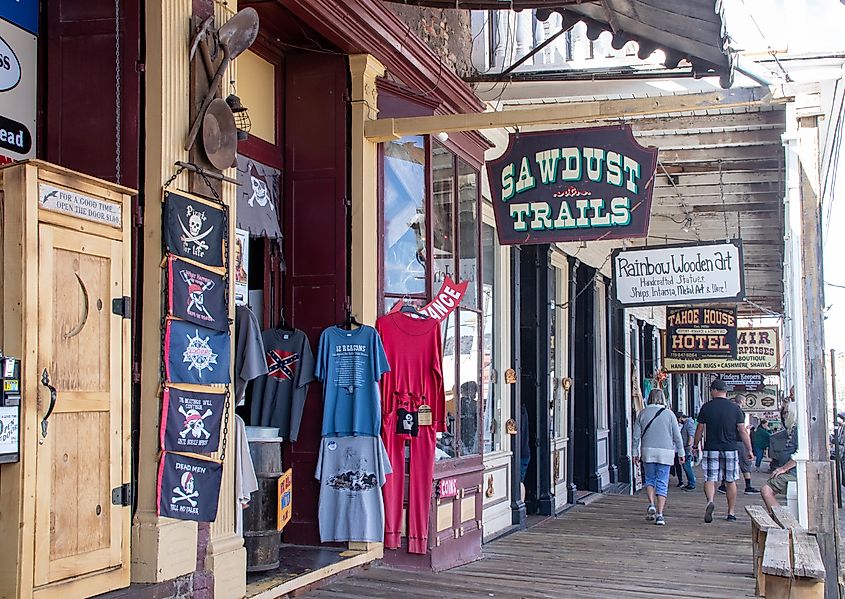
People in Virginia City don’t just wave hello, they’ll happily dive into a mining story while they’re at it. The town took off in 1859 after the discovery of the Comstock Lode, which turned it into the richest place in the West. During the silver boom, it was home to around 25,000 people. Today, you’ll still find old wooden sidewalks, historic saloons, and quirky events like the annual Camel & Ostrich Races.
Just a mile away is Nevada City, connected by Alder Gulch. These towns were built on the site of the richest placer gold strike in the Rocky Mountains, where miners pulled out around $100 million worth of gold in the 1800s and 1900s. In 1865, Virginia City became the capital of Montana Territory, with 10,000 people spread along what was known as “Fourteen-Mile City.” It was the region’s main hub back then, and today, it still draws visitors year-round with its historic charm and lively atmosphere.
Gardnerville
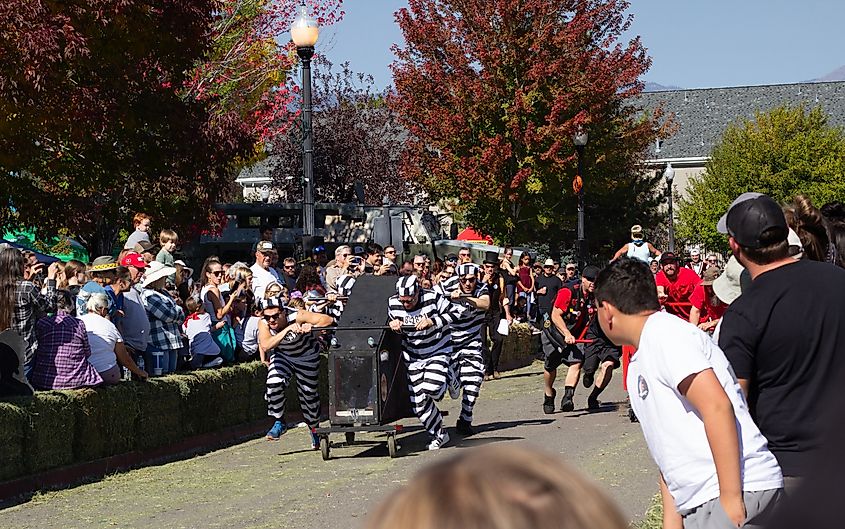
Gardnerville is known for being the kind of place where people still wave from their front porches. With Basque roots and a strong farming background, this small town has a welcoming, down-to-earth feel. It was settled in the 1870s, and its location made it important early on. Gardnerville became a feed stop for 24-horse freight teams heading between Carson City and gold mining towns like Bodie.
In the beginning, not much changed, but by 1885, the town started to grow as farming in the valley expanded. By 1899, Gardnerville had turned into a busy spot with hotels, shops, and saloons lining Main Street. It became both a center of commerce and a gathering place for the Carson Valley. Today, you can still feel that tight-knit energy.
Genoa
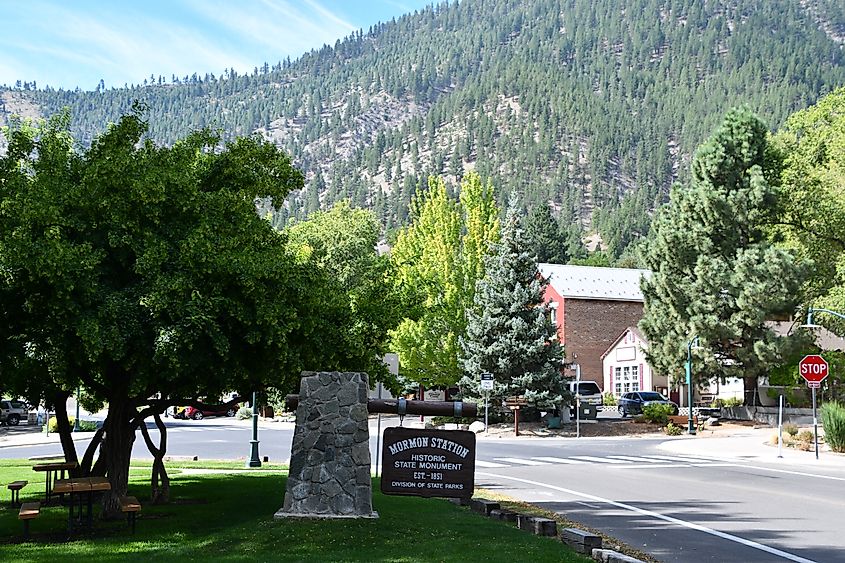
Genoa is the kind of town where locals greet you by name, sometimes before you’ve even told them! Founded in 1851 as a trading post called Mormon Station, it was the first permanent settlement in Nevada. Back then, it gave weary travelers a break as they moved between Utah and California. Genoa was even the first capital of the Nevada Territory until Carson City took over in 1861.
Today, it’s known for its quiet charm, mountain views, and friendly faces. You can visit Mormon Station State Historic Park, grab a drink at Nevada’s oldest bar, or wander through small shops downtown. The annual Candy Dance Arts & Crafts Faire brings the whole community (and plenty of visitors) together each fall.
Tonopah
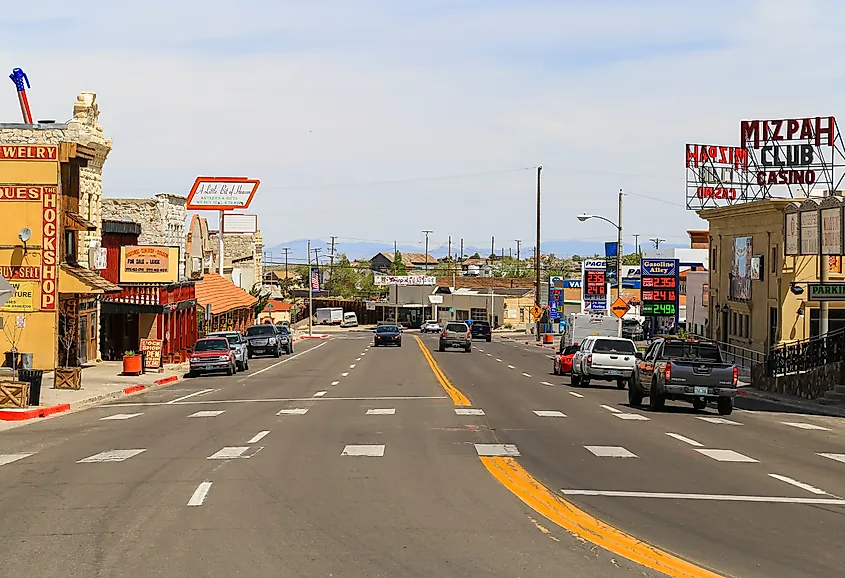
Tonopah is one of those small towns where locals still swap ghost stories over coffee. You’ll feel it too when you check into the haunted Mizpah Hotel or walk through the Tonopah Historic Mining Park. People here are proud of their mining roots, and they have every reason to be. In 1900, Jim Butler was camping near Tonopah Springs when his donkey wandered off. He picked up a rock to throw, and accidentally found a chunk of silver ore.
His wife Belle filed the claims, hauled ore by wagon, and helped launch a silver boom. Lacking investors, they leased claims out by the foot with a 75 percent profit share. This handshake system made miners rich and spread across the West. Tonopah’s mines eventually produced over five million tons of ore, worth more than a billion dollars in today’s terms. And yes, the locals will happily tell you all about it, probably over pie!
Minden
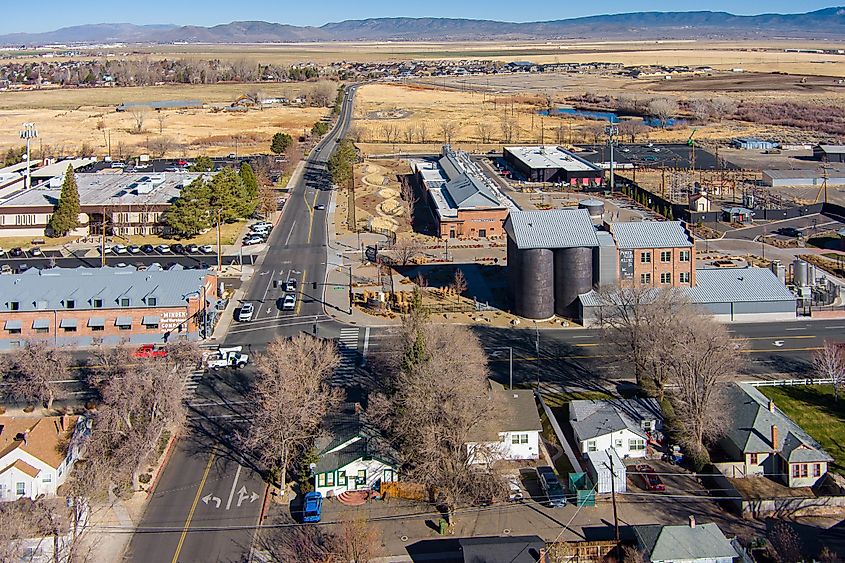
Minden is a peaceful, friendly town just next to Gardnerville, with the same small-town warmth but a quieter feel. It’s one of the few towns in the U.S. that was fully mapped before anything was built. The streets were carefully planned in 1906 by the Dangberg Company and guided the town’s growth for decades.
Named after Minden, Germany, near the birthplace of H.F. Dangberg, this town owes much of its early development to the Dangberg family. From 1906 to about 1940, the town slowly grew around its railroad roots. Today, you can visit the Dangberg Home Ranch Historic Park or relax at Minden Park, where locals still gather for community events. It’s a town that was built with intention, and it still shows in how people live there.
Pioche
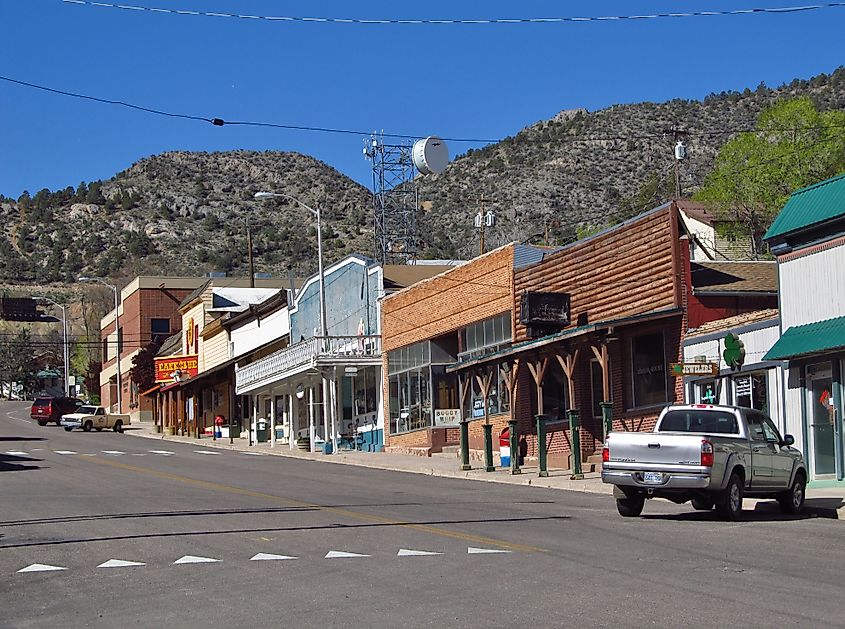
Pioche is a quiet town today, but its locals are known for being friendly, laid-back, and always ready to share a wild story over coffee, especially about the town’s chaotic past. In the 1870s, Pioche was one of the most dangerous places in the West. More than 70 men died from gunfights and violence before the town recorded its first natural death. At its peak, Pioche had about 6,000 people, 72 saloons, and a courthouse that was supposed to cost $16,000 but ended up costing nearly $1 million due to political delays and corruption.
Lincoln County’s mining history began with the Potosi mine, the first lode mine in Nevada. Pioche quickly rose after silver was discovered in nearby Meadow Valley. The Raymond & Ely mining company brought in big money, but the town also saw constant fires, floods, and shootouts. A huge fire in 1871 caused over $500,000 in damage. By World War II, lead and zinc brought new mining activity. Today, about 1,140 people live in Pioche, and many of them still love telling stories from the town’s wild past.
Eureka
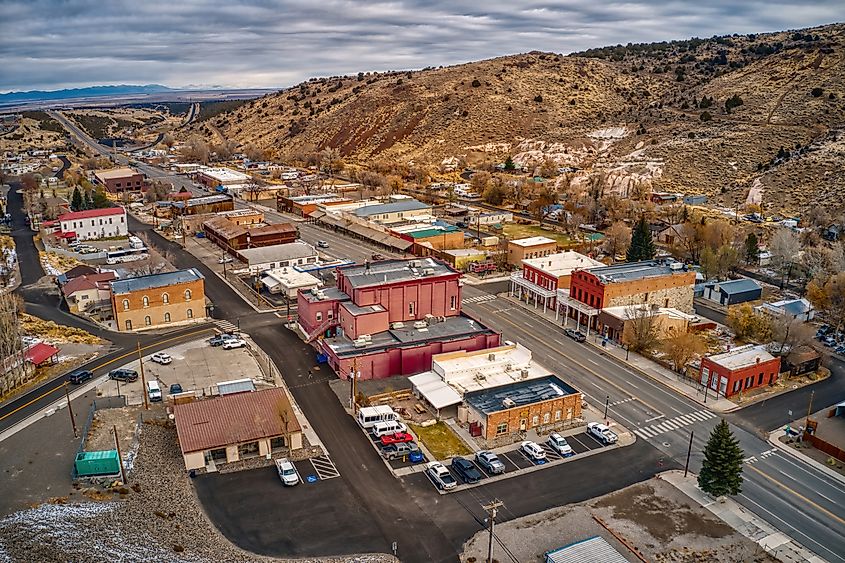
Eureka is known as “The Friendliest Town on the Loneliest Road,” and locals proudly live up to that name. Visitors often find themselves in conversations about the town’s mining past, which still shapes daily life. Silver-lead ore was discovered here in 1864, but early mining was tough. Ore had to be shipped out of state because Nevada lacked the right smelting technology.
That changed in 1869 when General W.W. McCoy built a working smelter in town. The boom that followed turned Eureka into Nevada’s second-largest city, with 50 mines and 10,000 people by the 1870s. Fires, labor conflicts, and declining ore led to a collapse by the 1880s. But Eureka didn’t disappear. Today, about 600 people live here, and many buildings from the boom era have been restored. The 1880 Eureka Opera House still hosts events and remains a centerpiece of the town’s proud, well-preserved history.
Goldfield

Goldfield is a quiet place now, but its past is anything but boring. The streets are full of stories, some about gold, some about ghosts, and plenty about the wild characters who once lived here. Gold was first discovered in December 1902 by two local prospectors, Harry Stimler and Billy Marsh. That find kicked off a major boom. Between 1904 and 1918, Goldfield exploded in size, reaching over 20,000 people and becoming the largest city in Nevada.
It even had its own railroad that ran to Las Vegas. From 1903 to 1940, the mines produced more than $86 million worth of gold and other metals. When the gold rush faded, most people moved on, but not everyone. Today, a few hundred folks still call Goldfield home. Visitors come for the famously haunted Goldfield Hotel and the quirky International Car Forest, where old vehicles double as wild desert art.
Alamo
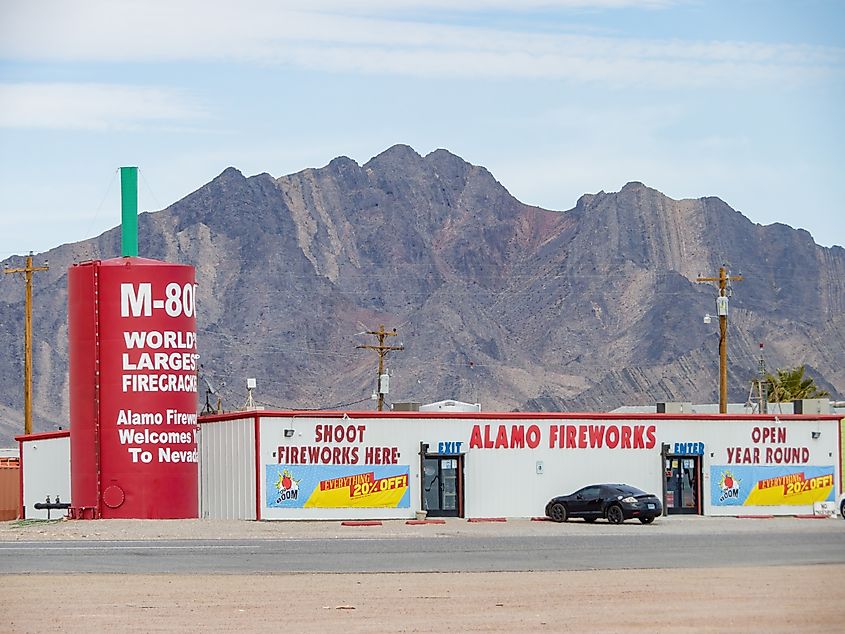
Alamo is a quiet ranching town in southern Lincoln County, about 90 miles north of Las Vegas. It’s the kind of place where people wave at strangers, and most locals are happy to share a story or directions if you stop to chat. Founded in the early 1900s by Mormon settlers, Alamo became the main town in the Pahranagat Valley, which is also home to the nearby ranching community of Hiko.
Today, Alamo has a grocery store, churches, motels, service stations, a small airport, and basic emergency services. It’s a popular stop for birdwatchers visiting the Pahranagat National Wildlife Refuge. Outdoor lovers come for the valley’s fishing, dirt roads, and wide desert views. The town also has a park, a rodeo ground called Alamo HS, an Alamo Splash Pad, and a Picketts RV Park. With Area 51 nearby, you’ll sometimes hear talk of UFOs over home-style diner meals, which locals don’t mind repeating for curious visitors.
You don’t need a five-star hotel or a travel app to feel welcome in Nevada. In these small towns, a smile at the gas station, a wave from a porch, or a long chat with someone you just met is standard behavior. Many of these places began as rough mining camps or desert outposts, but they’ve grown into communities where friendliness still matters.
